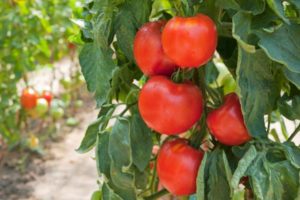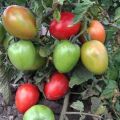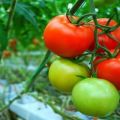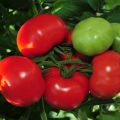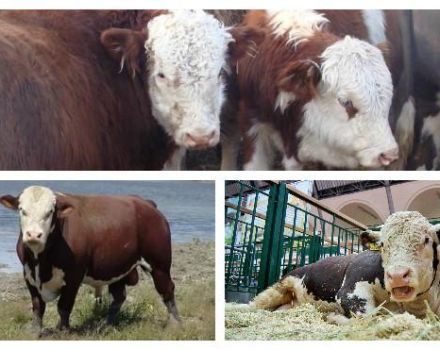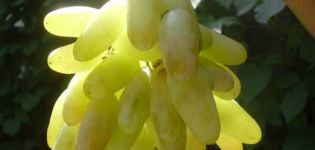Description of the tomato variety Lord of the Steppes and its characteristics
Tomato Lord of the Steppes, according to reviews, shows a high yield and some consider it the first in this regard. The plant belongs to the category of mid-season hybrids of the determinant species. Initially, the variety was bred for cultivation in the southern regions of the country in open field conditions. Today the variety is included in the State Register of the North Caucasus region. In the northern regions, a high-yielding plant is grown under film.
Low-growing bushes reach a height of 55 to 60 cm. The plant has good fruit setting ability. The leaves have a typical tomato shape and a characteristic green color.
Reviews about the Lord of the Steppes confirm the excellent taste and aesthetic qualities of the hybrid. Description of fruits:
- characteristic rounded shape;
- smooth to the touch surface;
- rich classic red color at the time of ripening;
- medium density of pulp with good juiciness and proper taste.
Yield characteristics:
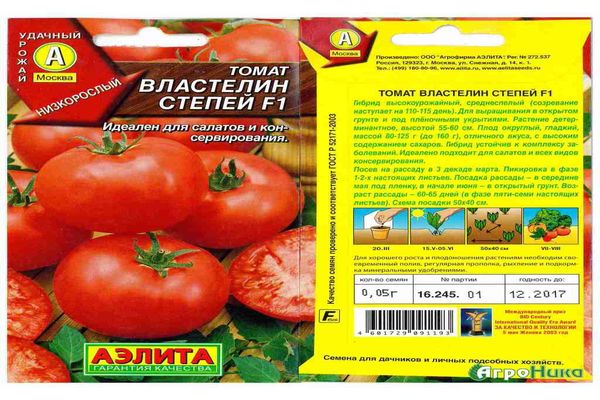
- the average weight is considered to be from 80 to 185 grams;
- individual fruits gain weight up to 500 grams;
- with proper care from 1 m2 harvested up to 6.5 kg of tomato.
In a greenhouse, such bunches of tomatoes look very impressive, and the yield of marketable fruits ranges from 68 to 98%. The fruits are used for fresh food, as a material for canning.
Tomatoes of this variety are ideal for preparing pickles for the winter. Smooth rounded fruits fit tightly to each other in a jar and look very appetizing.
Advantages and disadvantages
The plant tolerates heat and drought well. The variety tolerates temperature changes well. It does not differ in good resistance to various diseases of tomatoes, therefore it is rated as average.
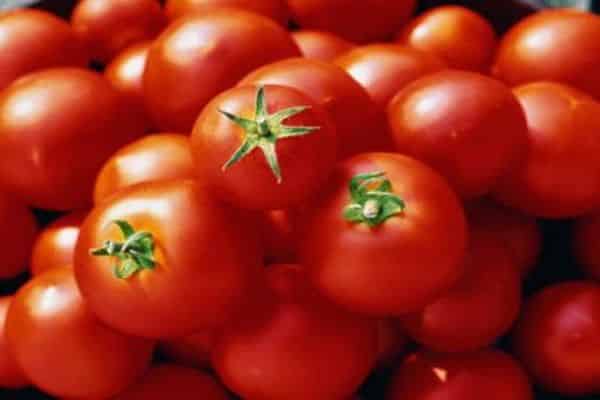
The advantage of the variety is the excellent combination of large-fruited and yield. Within a month, the fruit is able to maintain good taste and tolerates transportation well.
Growing features
Seeds must be prepared in advance. Cultivation is carried out by planting material in the ground. Seeds are planted 60–65 days before the planned planting in the ground. A dive is carried out when 1 or 2 true leaves appear.
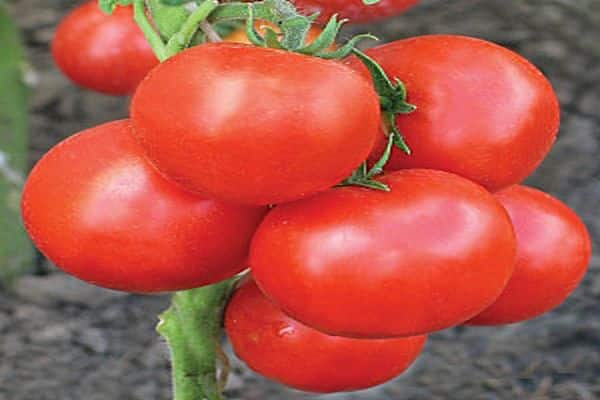
When replanting young seedlings per 1 m2, it is recommended to plant 5 plants. The variety may not be tied up, but this procedure will not harm the plant. After planting the plant in the soil after about 105 days, the first tomatoes can be expected to ripen.
Pinning is mandatory. The best yield results are achieved when 2 main stems are formed, it is permissible to leave no more than 4. The second stem is formed from the stepson, which is located directly under the first brush. All other stepsons are to be removed.Untimely pinching has a negative impact on the yield indicator.
The variety requires standard growing conditions. An important factor for obtaining a good harvest is periodic loosening of the soil, regular watering and top dressing.
During one season, 3 dressings must be carried out. One feeding is carried out during the growing season of the plant, the second at the time of the formation of inflorescences, and the third at the discretion of the gardener during the period of growing the plant.
